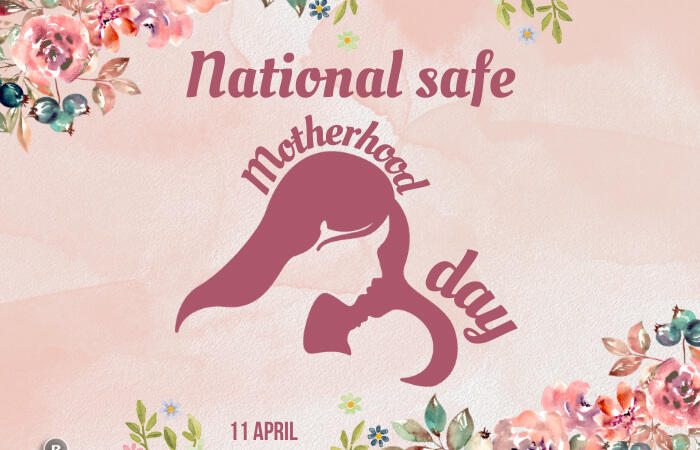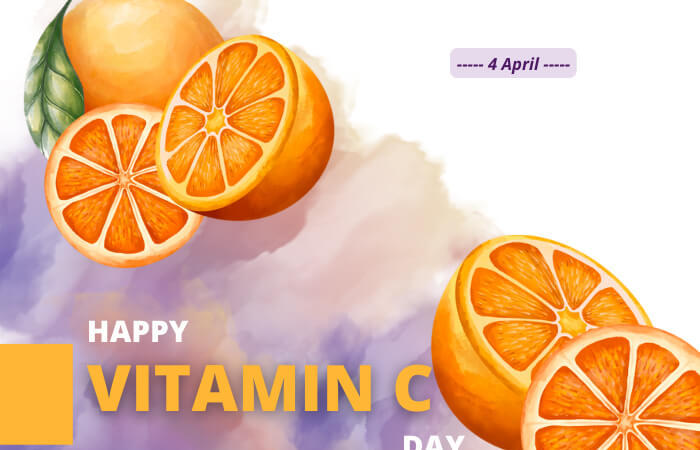10 Most Effective Teaching Strategies for The Classroom

Everything to do with teaching is a sensitive issue because children, society, and technology are changing, and with them, so is education. If you need to prepare a class or academic project on a topic, whether it is an essay or a dissertation, we can help you. In this article, we will tell you what these are, what they are for, and what types of learning strategies exist.
What are the teaching strategies?
Teaching strategies, or learning strategies, are methods and resources that you, as a teacher, can use to help your students achieve meaningful learning. Meaningful learning means that they can gain knowledge appropriately. If they don’t get enough knowledge, they will turn to companies like Essay Assistant and ask to “write essays for me.”
The idea behind using these methods is that you can organize active teaching in which your students participate. A good strategy is cooperative learning, which encourages social relationships and also allows you to better learn the values of teamwork.
You should know well the material you are going to use in your course before you teach it with instructional strategies. That is, the strategies you are going to choose depending on the subject, the content, your students, and the competencies you seek to develop in them. All of these, moreover, always depend on the level of education they are at.
What are they for?
Modern types of instructional strategies, i.e., modern ones, aim to integrate learners into the educational process. In the past, the teaching and learning process was simple: teachers taught and students were sponges who absorbed content for the sole purpose of passing an exam. Fortunately, this is no longer the case today.
The goal is to convey knowledge and content interestingly so that your students are genuinely interested and engaged in the content.
Types of teaching strategies with examples
We will now explain all types of learning strategies and give you some examples so that you have a good understanding of how they apply.
Illustrations
The first case is illustrations. They are characterized by being visual representations of content or objects. Charts, graphs, historical photographs, and other visual resources are good examples. Illustrations can be of four types:
- Expressive: drawings that have worldview aspects.
- Algorithmic: diagrams with information about specific processes.
- Descriptive: photographs, drawings, and figures.
- Logical-mathematical: mathematical functions or conceptual diagrams.
Illustrations are fundamental for two specific purposes: to represent processes that would be more complex if explained in text form, and, above all, for use with children.
Objectives
Objectives are a type of learning strategy in which you define what activities are to be accomplished, the conditions under which they are to be performed, and how their learning will be assessed afterward. Objectives serve both to show you the way forward in the course and to let your students know what they are to do.
Previous presentations
This process is basically about preparing the material that will be taught in your class so that your students can better understand it. In general, these are explanations that you give before explaining the content or starting the class, they can be clarifications as well.
Debates
This is without a doubt one of the best teaching strategies you can employ in your classes. Debate, or discussion, serves to reinforce many aspects that, beyond the academic, have to do with the social.
Debate encourages freedom of expression, communication skills, critical thinking, deep analysis, and above all, respect for the opinions of others.
We could give you many examples, but for example: give the same task to write my essay to all students. Everyone will approach it differently, and many will come to different conclusions. Then, when everything is ready, a round of discussion about how everyone did and analyzed the topic of their argumentative essay can be very helpful.
Workshops as teaching strategies
Seminars are strategies for finding practical applications of lessons that are purely theoretical. In many cases or most cases, many concepts are easier to understand when approached from a practical perspective.
Workshops bring a lot of what we talked about earlier together because students get together, make projects together, create visual elements, and discuss how to make them. This will be very helpful so that you can teach them that in real life they work about the same as they do in the classroom.
Problem-Solving
This learning strategy is mainly used to test how well your students can solve problems. That is, they are presented with problems that can be solved by putting their theoretical knowledge into practice.
Solving this problem is only possible if they have understood the content well or if you have explained it well. This strategy is widely used in subjects such as chemistry, physics, and math.
Suggested Read: Srinivasa Ramanujan’s Impact on Math

Teaching strategy – Practical classes
These may seem identical to workshops, but they have their differences. Practical classes focus on applying the theoretical knowledge gained in class to practice. They establish the procedural and basic skills that make up the object of study outlined in each course.
Obviously, this teaching strategy is always more effective in more practical subjects.
Cooperative learning
The main activity in this other strategy is to form small groups and motivate each other to do what you set out to do. In this type of activity, you want to get the students who understand the concepts better to explain them to the others in a simpler way. In other words, they teach and explain to each other.
There are also intellectual, communicative, and social activities that stimulate and strengthen relationships among classmates. As a rule, there are students in all classes who team up with others. Groups are formed and often have little interaction with others, and this is a good way to integrate them.
Interspersed questions
You can incorporate these questions into activities related to reading texts or learning in general. These questions are usually designed to hold your students’ attention and also imply that it is about something relevant.
These questions serve as a “mini-assessment” to test how well they have understood what they have read up to this point.
Pedagogical simulation
The final teaching strategy is to ask your students to simulate, as the name implies, a particular situation. This is very similar to acting because they have to stop portraying themselves and represent, for example, a certain group of people, a person belonging to a certain ethnic group, or people specializing in a certain profession.
It is more like acting and applies to all levels of education, but is more common at the lower levels.
Here is the end of our article on best teaching methods. Have you discovered anything new? Maybe you are already using something in your practice? Share it with us!
Suggested read: How to Study for Getting a Good Grade for Your Coursework






